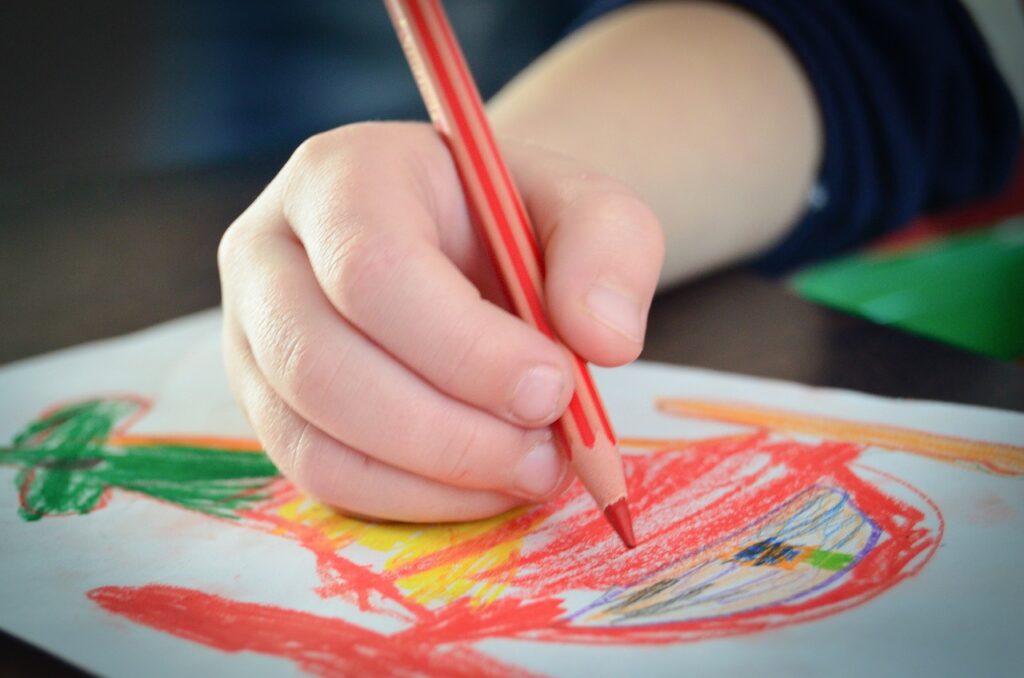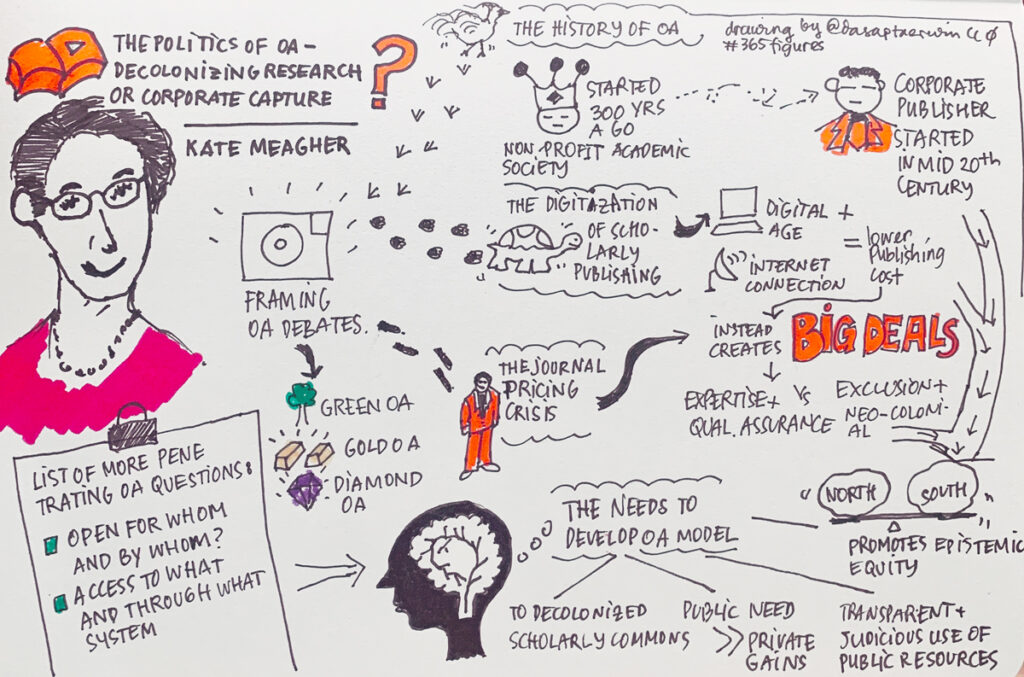Engage your brain better and faster with sketchnoting
You think you can’t draw? You feel embarrassed to show anything in public? How about just sketching for yourself? Read on.

What is sketchnoting?
How about developing your own visual ‘alphabet’ and ‘dictionary’? You can draw from these minimal forms:

and use it as notetaking and notemaking tool. How about improving over time, stealing ideas (legally!) from the experts and discovering that this actually is good fun?
“Good artists borrow, great artists steal.”
Attr. Pablo Picasso
Welcome to the world of sketchnoting, a technique that combines the written word with doodles, sketches, whatever we may call it. With time, you will find yourself transformed. You will notice that you don’t only write down what you hear or read verbatim but also switch on your brain and draw, find connections, metaphors, containers, dividers, and a nice style of font you like. You notice that your brain is in gear. What a satisfactory feeling!

Not only that, when you look at your sketchnotes months later (e.g. for revision) you will remember what they mean. Doing it not only helps you note down what other people say or wrote, it further supports your comprehension, thinking and planning. You can really feel that thinking and filtering is happening. But the best thing is, while all these complex things are going on, you ease into a drawing style of your own. You will develop your own visual dictionary, favourite font styles, and layout formats that you like and find useful. You find it relaxing and increasingly easier to draw. Just like when you were a child and drawing came first, your writing developed step by step.

So, what are possible applications for sketchnoting?
- Try taking notes from a book or article. Are there already any visuals provided? Can you copy or expand on them, find connections, come up with your own?
- You want to plan a trip or an event. Draw it out and label it. A timeline with commentary could be a model for this. Does it speak to you? You can also reverse it and draw your travel memories.
- Think about your academic work – planning an assignment. It works! Draw out key ideas or milestones/ goals, plan your content, maybe with a mindmap first, do your research, plan the structure, visualise the findings. You might start with index cards, arrange and re-arrange them until you are ready for a full sketchnote or further action.
- You are in a meeting – take notes on the agenda, speakers and issues discussed with images, banners, columns, highlights amongst others.
- You are planning a presentation. You are taking down your ideas for content, resources, designing slides. Tell a story, draw a storyline, decide to go more visual on your slides – own it.Noting down the content of TED talks and podcasts are further examples. How do you remember them? Sketch it out for your very own archive of ideas and inspirations. On top of this you are also sharpening your listening skills, a very valuable skill to have.

Sketchnoting then is at its initial stage an (often very personal) customised notetaking process that is word and visual friendly. In fact, one supports and reinforces the other to superpower your brain. Once you learn the basic skills and keep practising, there is no end to it. Careful, it is also highly addictive… One thing is indisputable, this doodling/ drawing tool clearly enhances focus, motivation, recall and more useful things directly linked to your learning and development.
What we haven’t mentioned yet – if you are satisfied with a sketchnote – think about showing or sharing it!
This goes beyond sketching just for yourself but is well worth a try and can be very satisfying. There might be comments on your layout, choice of colours or clarification on meaning. Feedback on your content in all its forms will benefit your topic development.
Why not give it a try and ‘see’ for yourself.
Last but not least:
Tip #1 – Start by getting yourself some nice gel pens. You can progress to a tablet app later.
Tip #2 – Watch an introductory YouTube video on sketchnoting.
Tip #3 – For CCI students in particular – Join the CCI Sketchnote Club which takes place on Wednesdays from 1-3 pm. Watch out for advertising on posters and plasma screens around campus!

Happy Sketchnoting!
Icon image attributions (left to right): Chris Homan, Afdalul Zikri, and Garret Knoll from The Noun Project.




Leave a Comment (note: all comments are moderated)